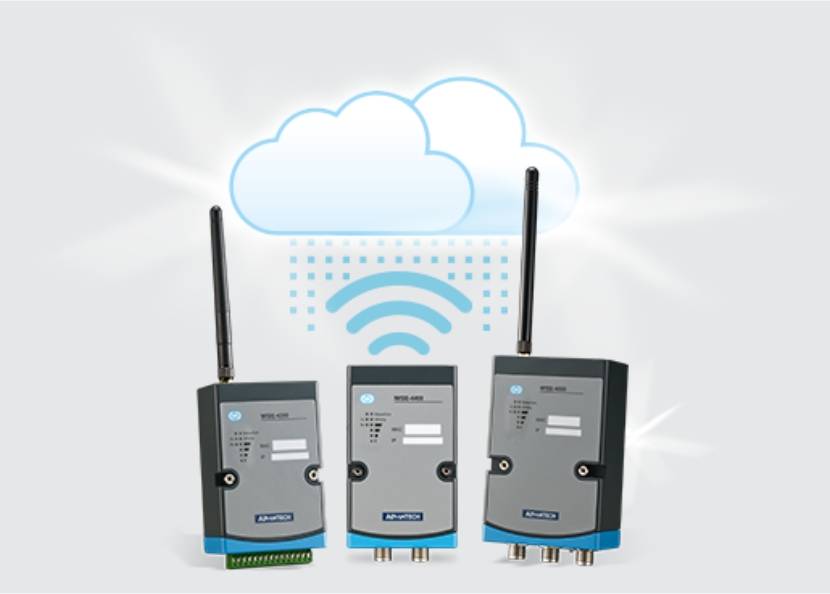The Era of Wireless Sensor Networks

The Era of Wireless Sensor Networks: Automation has made us see many unknown and unexpected things, which were once only a mere imagination. Throughout the ages, hard work and unique thought processes have resulted in the possibility and existence of such innovations. For example, once a upon a time, one could only think about a circuit full of wires, but the gradual modification has resulted in such a smooth technology in which there is minimal application of wires and it is a fact that one cannot question the capability of the wireless system.
The concept of sensors was a big discovery in itself as there are multiple ways through which this particular device can be utilized for useful purposes. There are a large number of sensors which are used nowadays such as temperature sensors, pressure sensors, fingerprint sensors and much more. Scientists have employed all their potential in order to extract the majority of services from these sensors and depending upon the needs of the field of technology, several new sensors are emerging every day.
How does Wireless Sensors work?
Wireless sensors are a combination of small, self-directed sensor nodes or motes which are used to fetch important data from fields of interest. This is a fact that a combination of wireless sensors are used to fetch the data as the area under observation is quite large. According to resources, the systems of wireless networks are designed in the following format so that the information is properly extracted and processed to be analyzed:
- Physical Layer
- Data Link Layer
- Network Layer
- Transport Layer
- Application Layer














